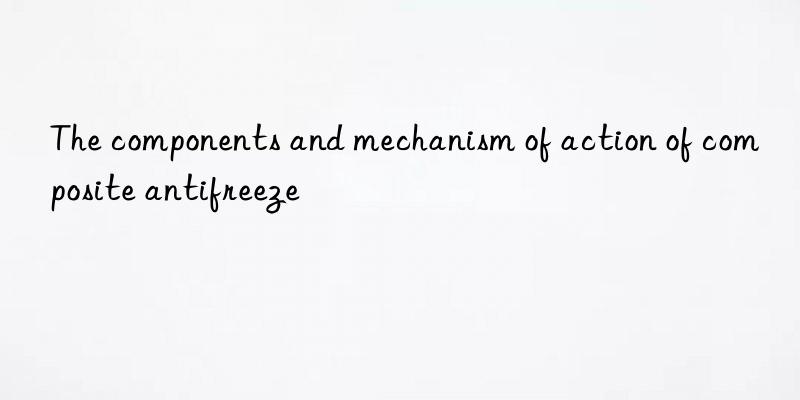
According to the analysis of the causes of frost damage in concrete, it must be solved by improving the frost resistance of the concrete itself and preventing the occurrence of frost damage.
(1) Early strength component
In order to promote the hydration of cement and make the concrete reach the The ability to resist freezing damage, rapid increase in strength, accelerated formwork turnover, shortened construction period, early strength components are essential. In order to avoid corrosion of steel bars, corresponding technical measures are taken and a small amount of chlorine salt is used to ensure that there is no rust-promoting effect on the steel bars.
Commonly used early strengthening agents include sodium sulfate, calcium chloride, calcium nitrate, calcium nitrite, triethanolamine, etc. The early strength component in antifreeze is mainly to help concrete reach or exceed the critical freezing strength of concrete as soon as possible.
(2) Water-reducing component
The function of the water-reducing agent is to disperse cement and reduce Water-to-cement ratio of concrete. The absolute water consumption is reduced, the capillary pores are thinned, reduced, and evenly distributed, thereby improving the compactness of concrete. In essence, it reduces the amount of freezable water in the concrete, that is, reduces the ice content in the frozen concrete, and accordingly improves the anti-freeze performance of the concrete. In addition, the amount of antifreeze is fixed. Due to the reduction of the water-cement ratio, the concentration of the water-reducing agent aqueous solution in the concrete is relatively increased, further reducing the freezing point, thereby improving the concrete's ability to prevent early freezing damage.
Commonly used water-reducing agents include lignocalcium, lignin, naphthalene-based college water-reducing agents, melamine, sulfamate, etc.
(3) Air-entrainment component
The volume of water increases by 9% when it freezes, which is serious It can cause relative displacement of aggregates and cement particles in concrete, causing the concrete structure to be damaged or even destroyed, resulting in irreversible strength loss. This air-entraining agent can introduce a large number of evenly distributed, stable and closed small bubbles during the mixing of concrete. These bubbles have four main effects on concrete:
(a) It can reduce the water consumption of concrete and further reduce the water-cement ratio;
(b) The introduced bubbles have a buffering and weakening effect on the expansion force of ice crystals in concrete, reducing the destructive effect of the expansion force of ice crystals;
(c) Improves the durability of concrete;
(d) Small bubbles block capillary pores, making them freezeable Water decreases.
When the number of bubbles introduced is small and the volume is large, they are usually visible bubbles, which will not achieve the above effect, but will have some adverse effects, and due to vibration When the air is not removed well, some bubbles will aggregate into larger bubbles, so these bubbles are called harmful bubbles, so be particularly careful when using air-entraining raw materials.
The air-entraining component can use air-entraining water-reducing agents such as lignocalcium, lignosodium, and anthracene-based water-reducing agents. Air-entraining agents such as rosin thermopolymers can also be used.
(4) Antifreeze component
The main function is to reduce the free movement in concrete under negative temperature conditions The freezing point of water reduces the ice formation rate of the water inside the concrete, so that there is more liquid water for cement hydration. More importantly, it changes the ice formation structure, making the ice crystals loose and forming a three-dimensional network structure, thus affecting the concrete structure. No destructive effect. The dosage of antifreeze components is generally relatively large. Considering the requirements for the durability of concrete, the introduction of K+ and Na+ should be minimized. This is also a prominent feature of antifreeze.
Most of the water in concrete mixed with antifreeze remains in liquid phase at negative temperatures, and the strength of concrete still increases at negative temperatures. The growth rate of concrete at negative temperatures depends on the type of cement, type of antifreeze and negative temperature. The order of the rate of increase in concrete strength is as follows:
K2CO3>CaCl2>NaCl>NaNO2>Ca(NO3)2
As long as the concrete is protected from early freezing before reaching critical strength, the strength of concrete mixed with antifreeze can continue to grow normally at subsequent positive temperatures.
<img src="/upfile/202210/2022101830586343.jpg"/
 微信扫一扫打赏
微信扫一扫打赏

